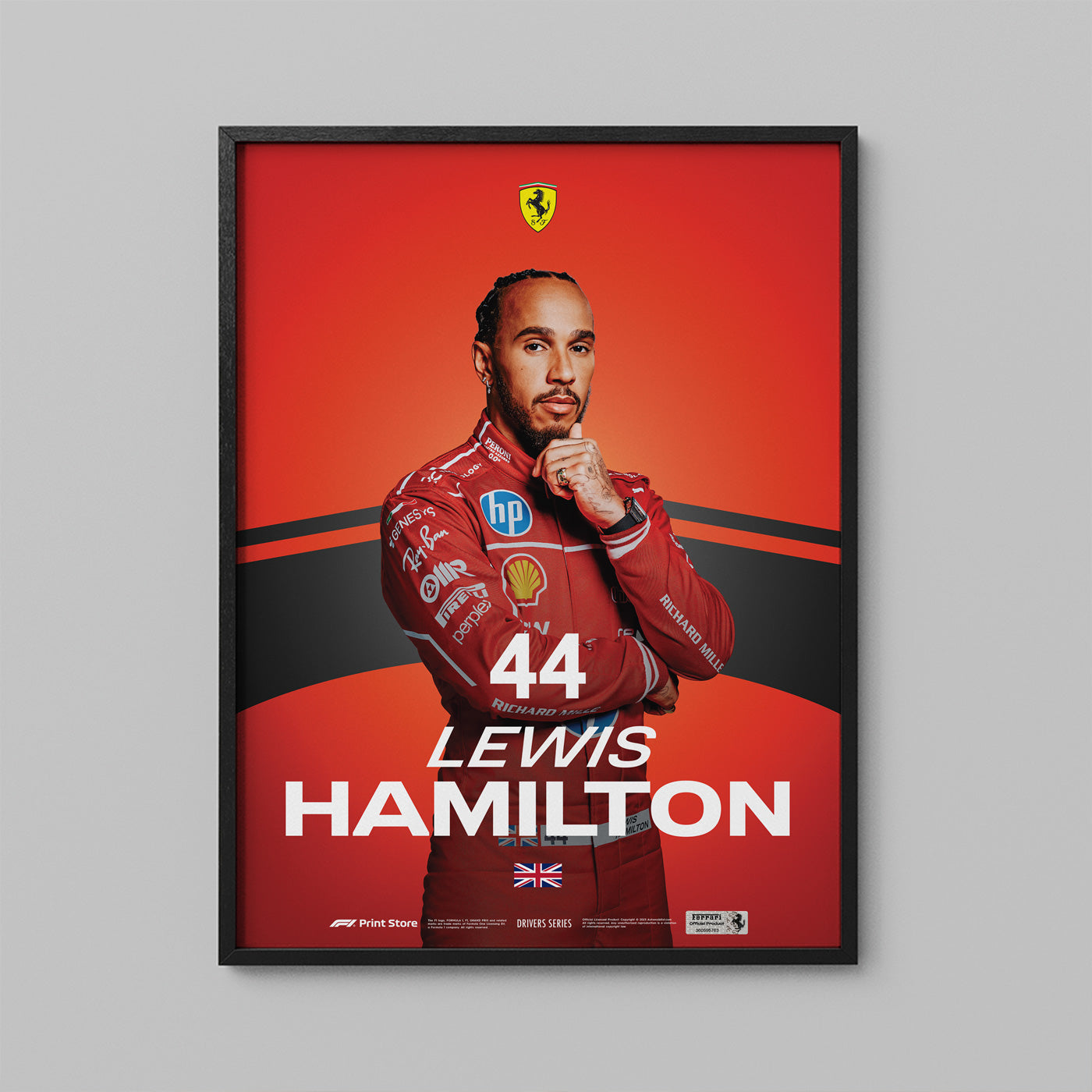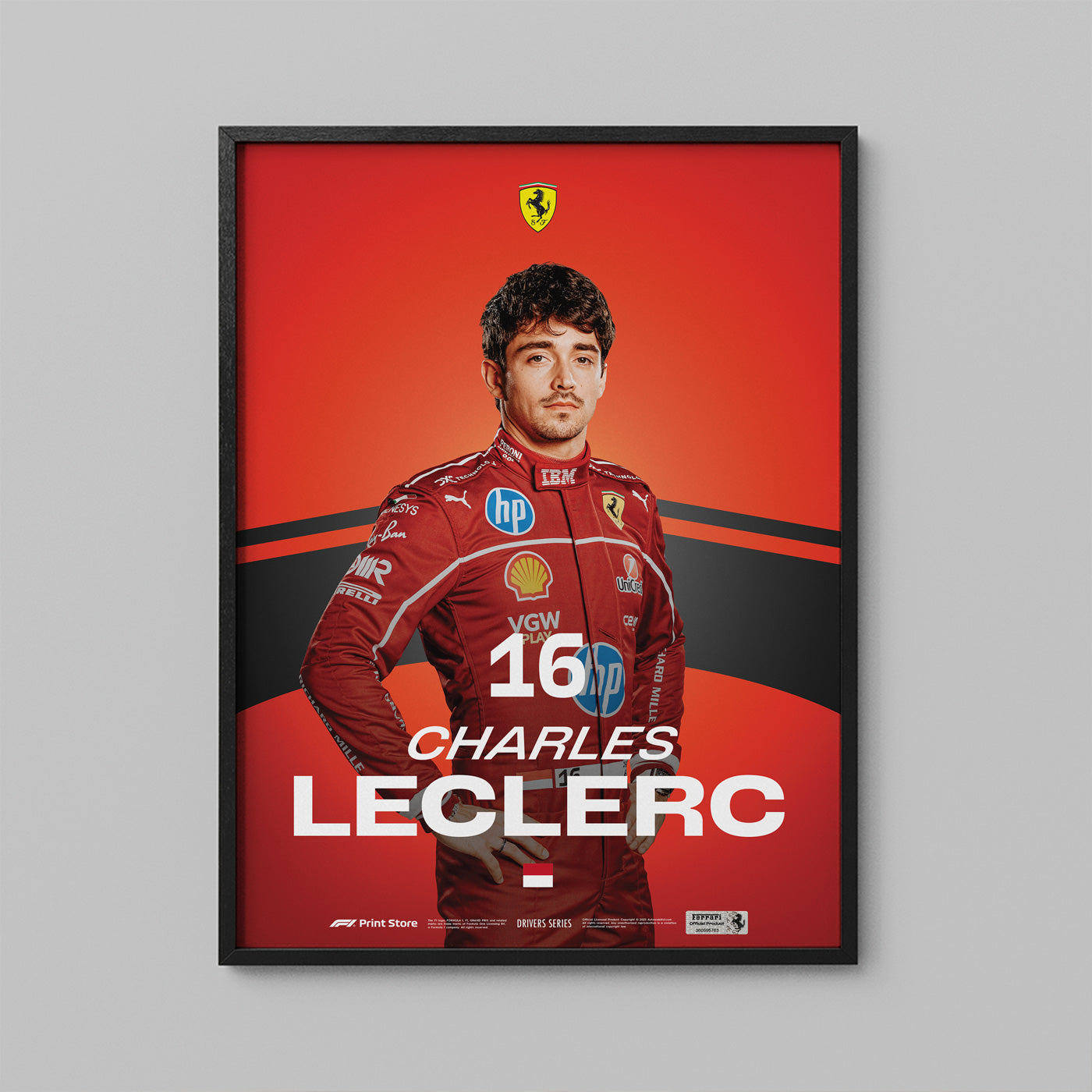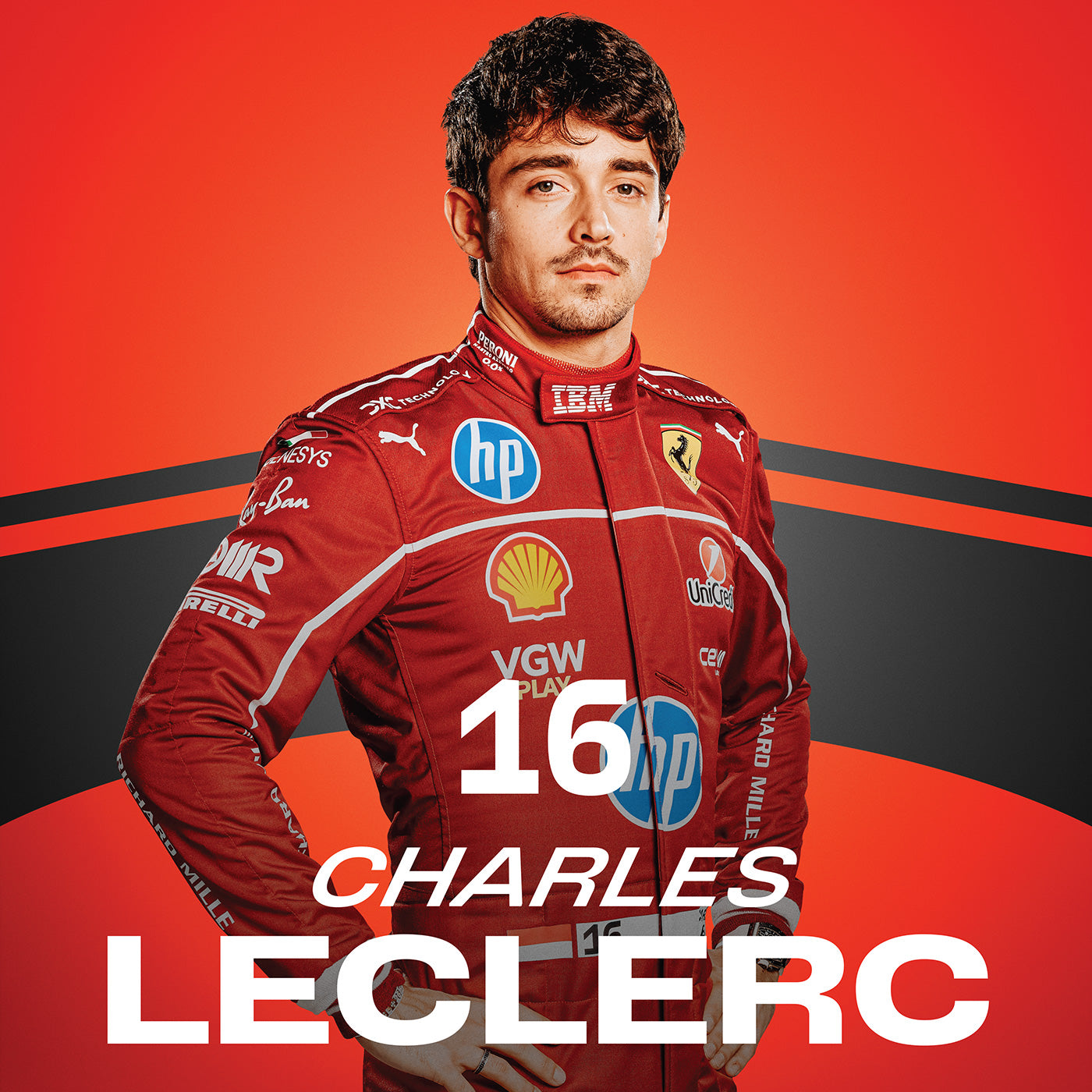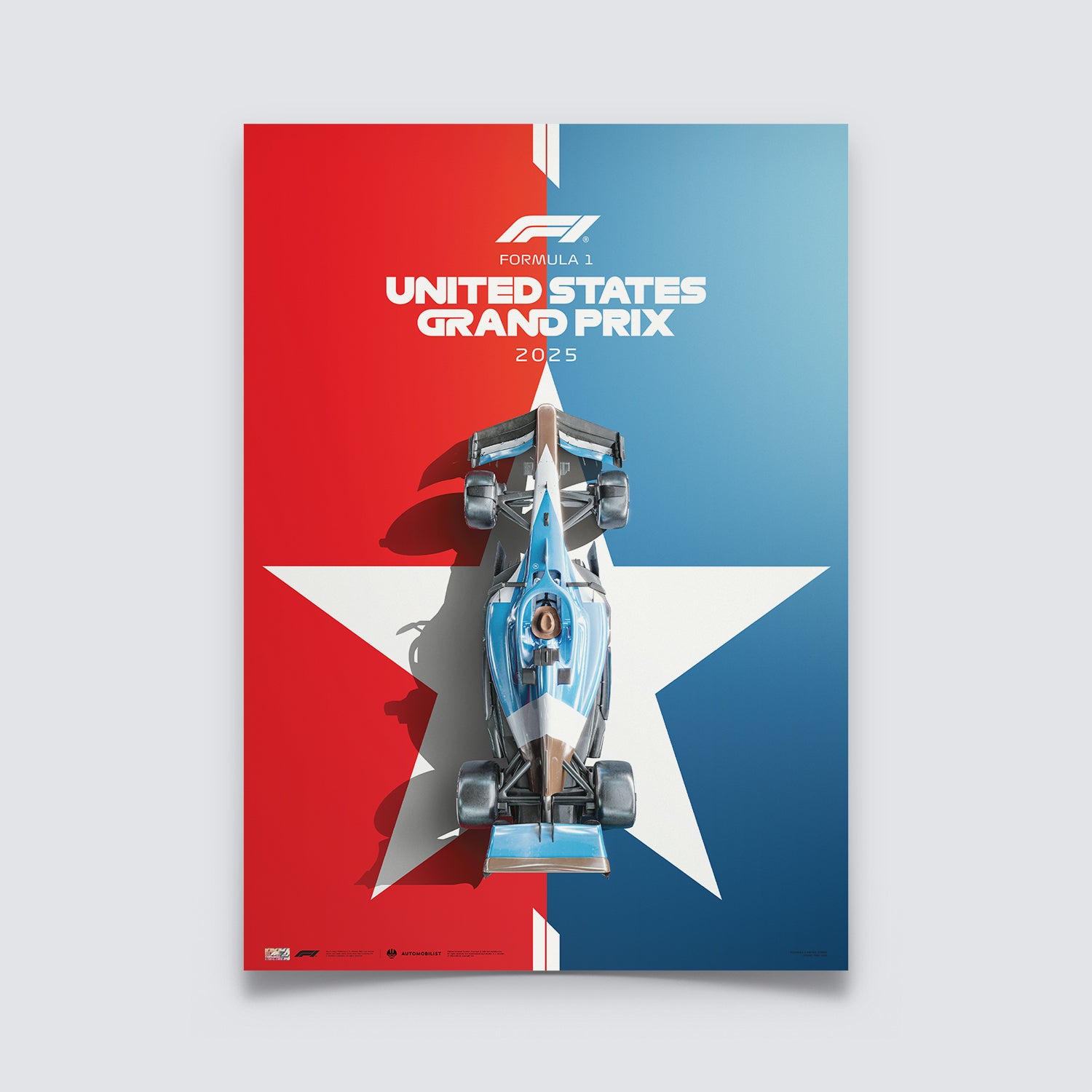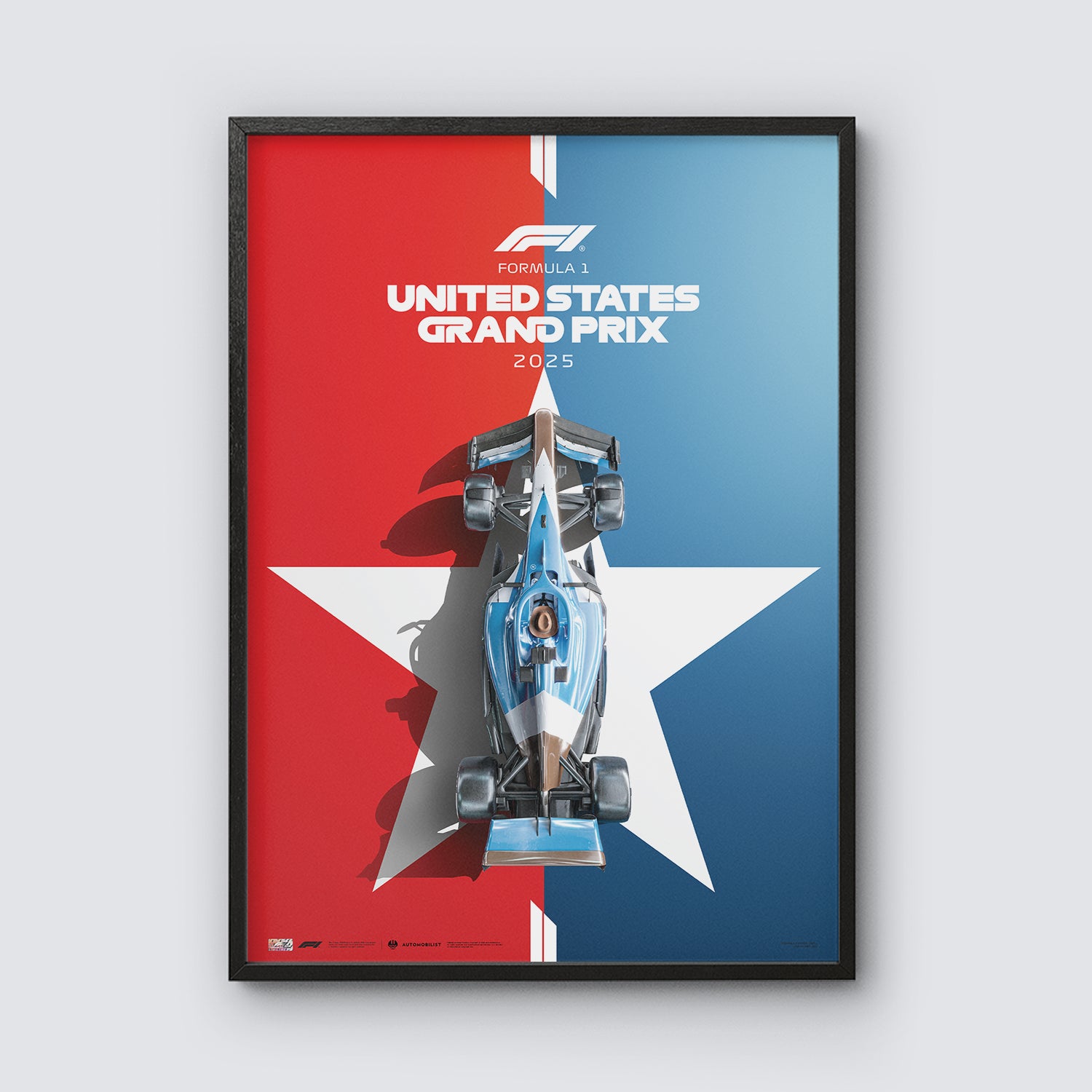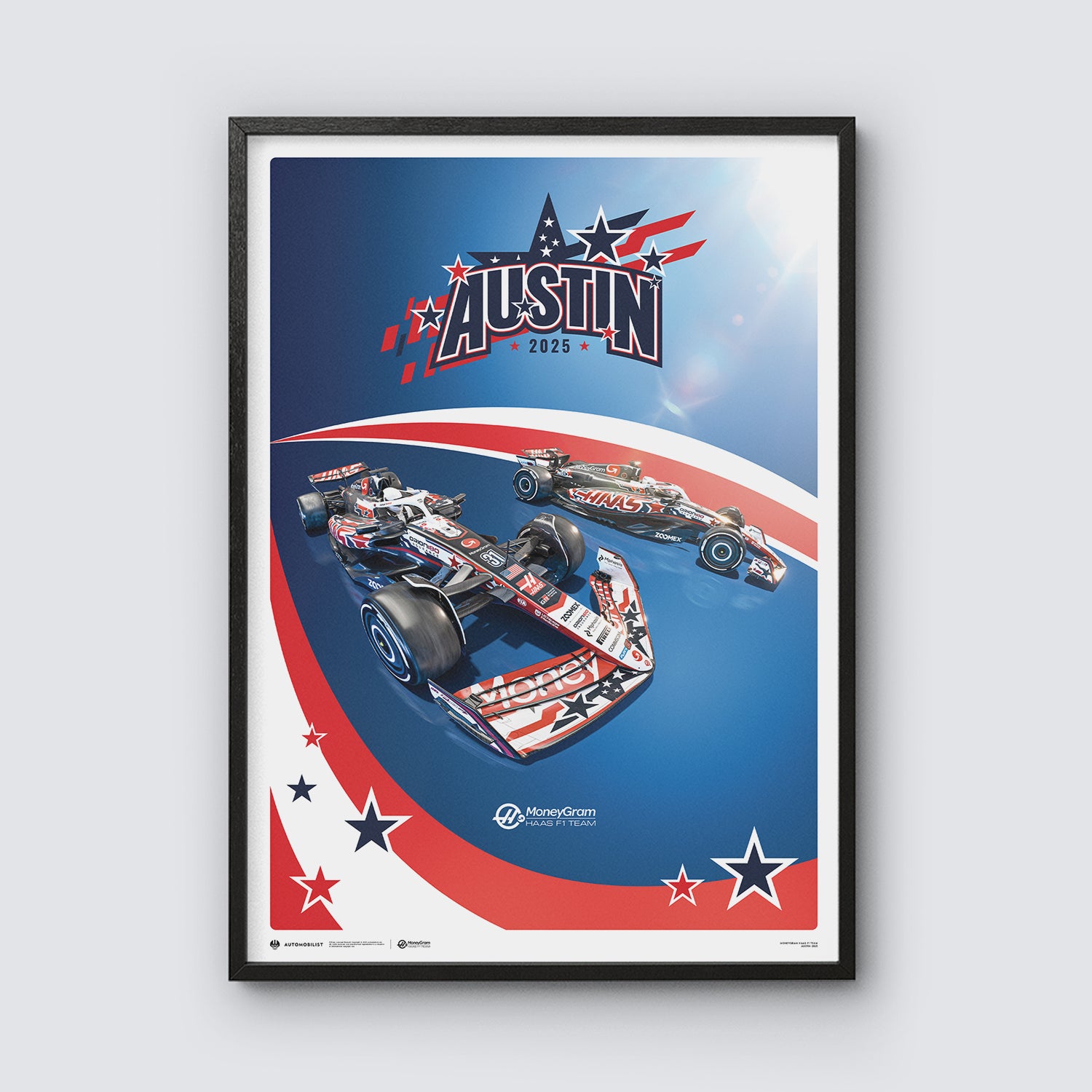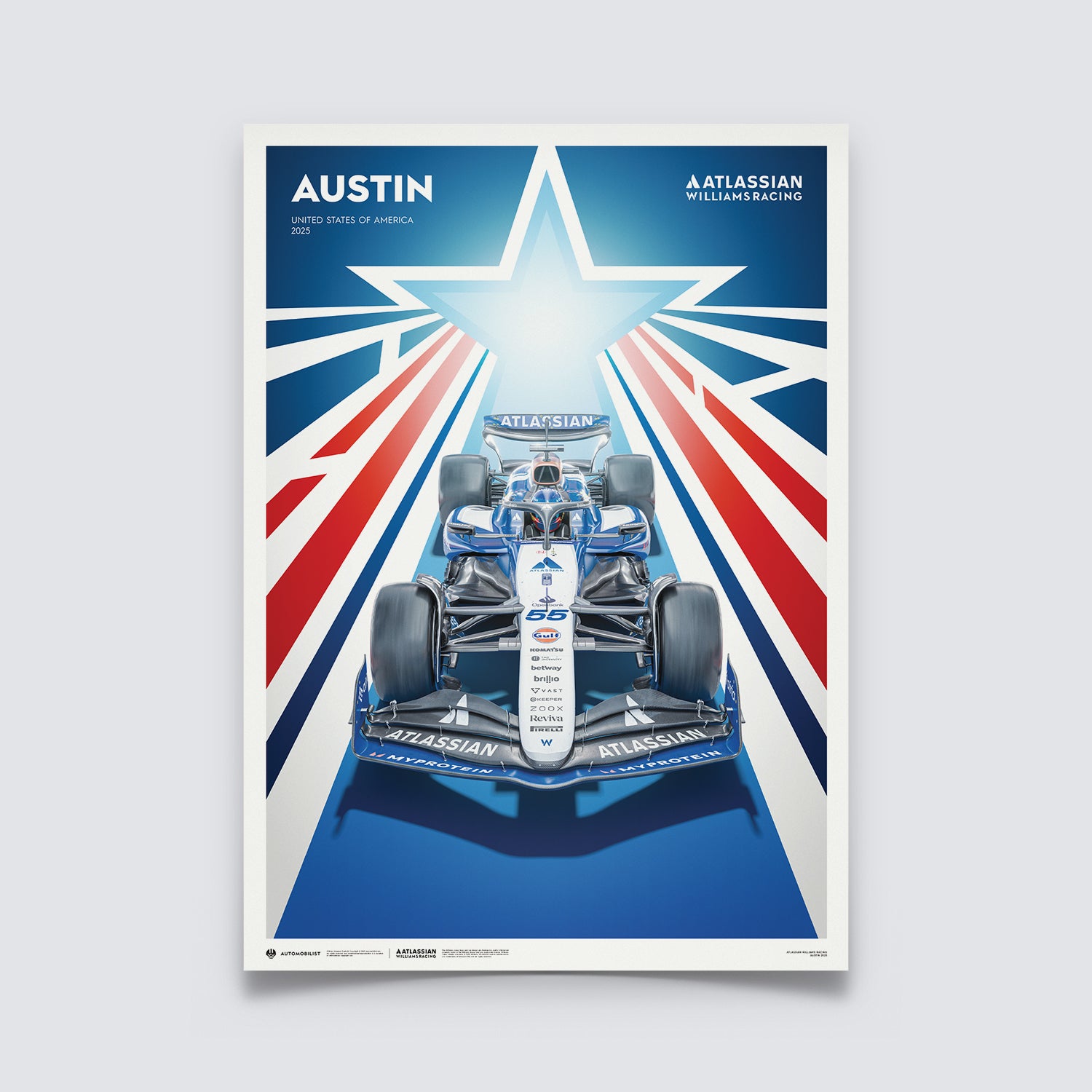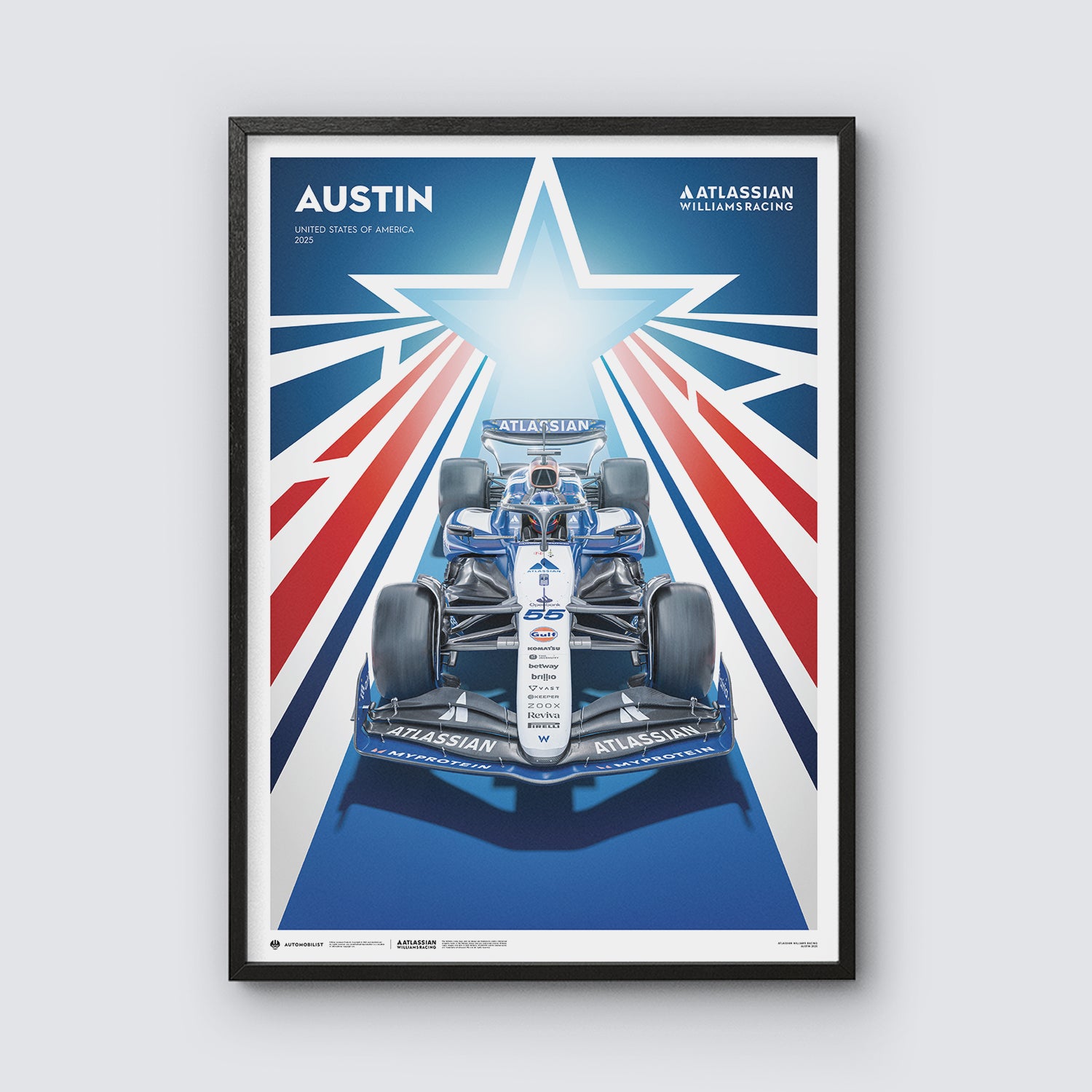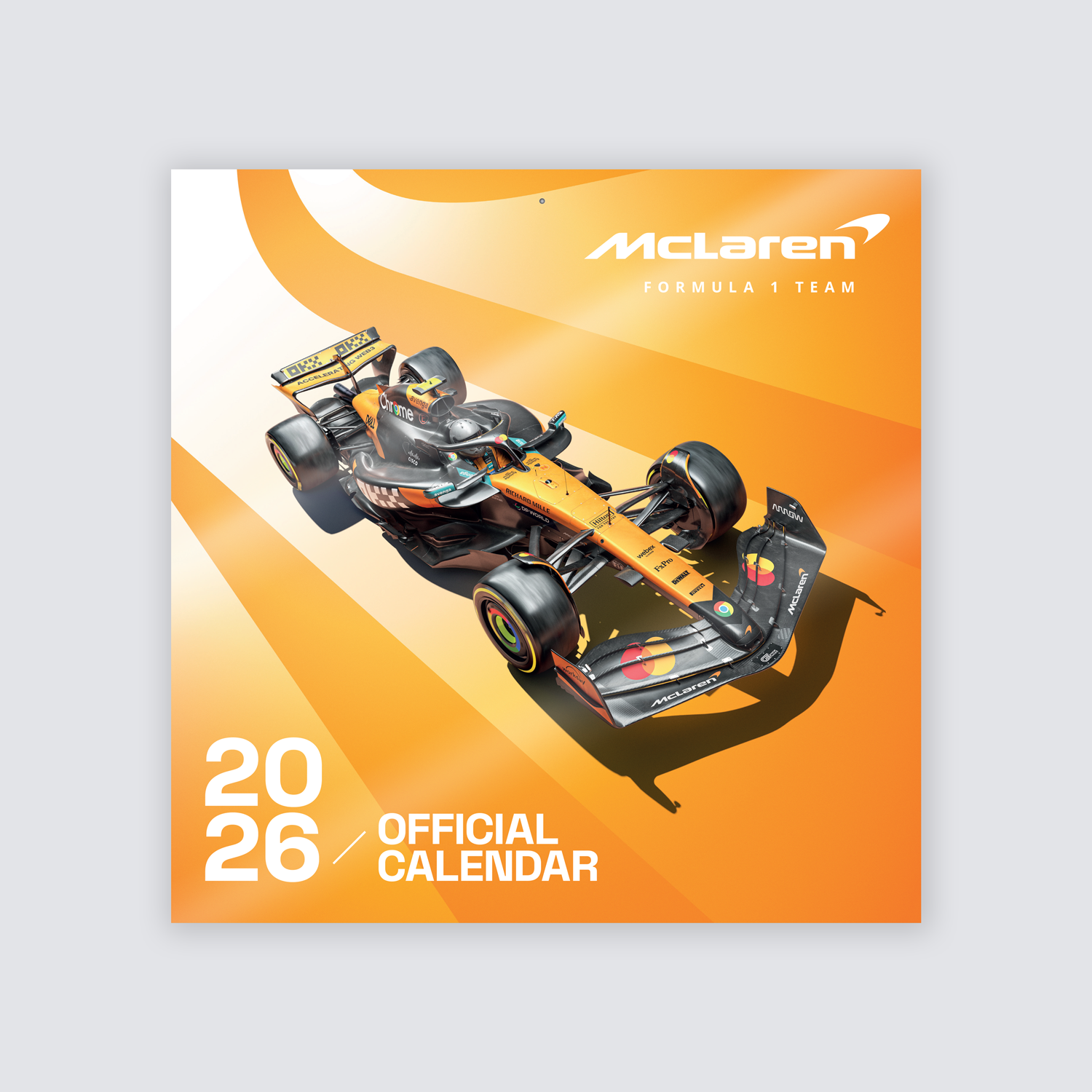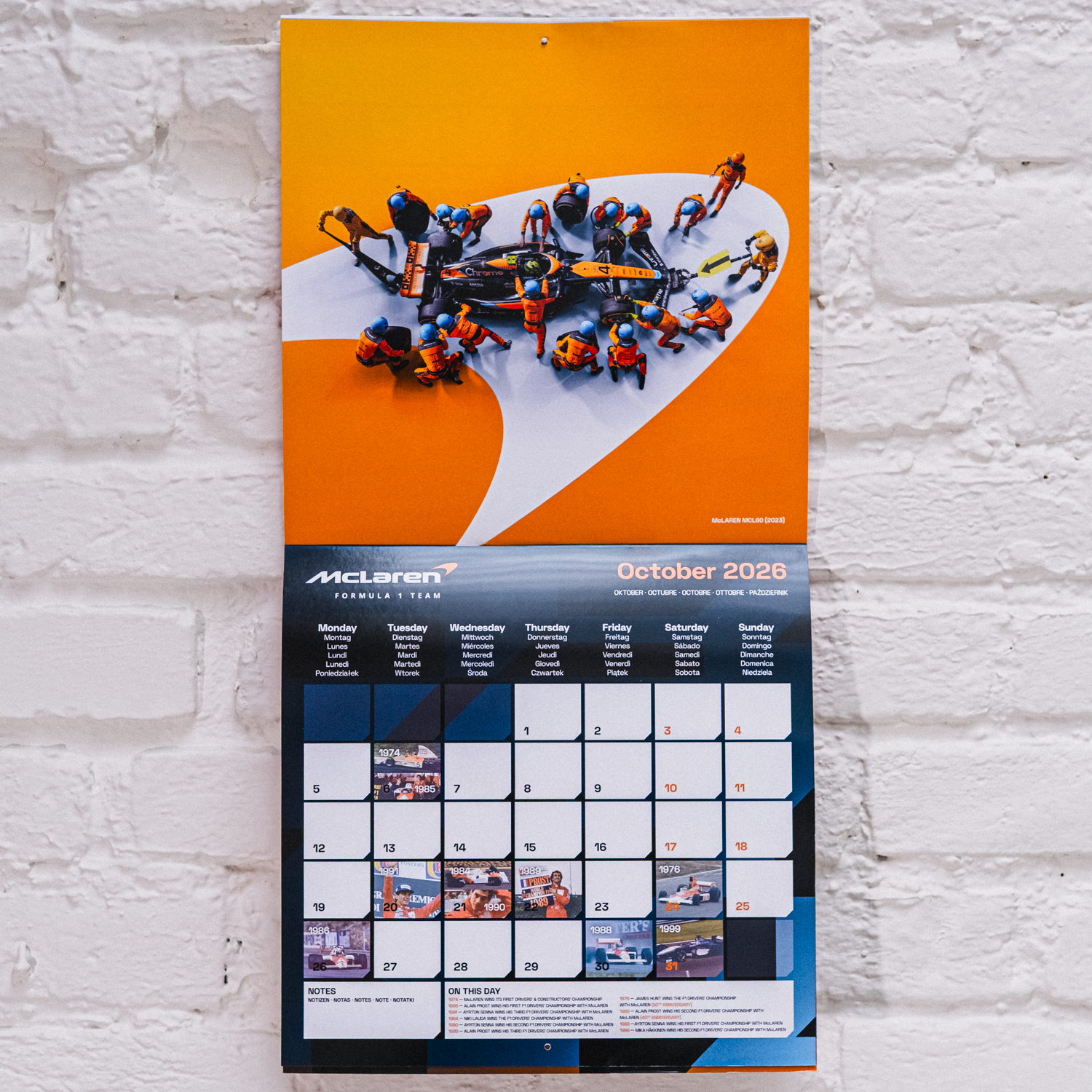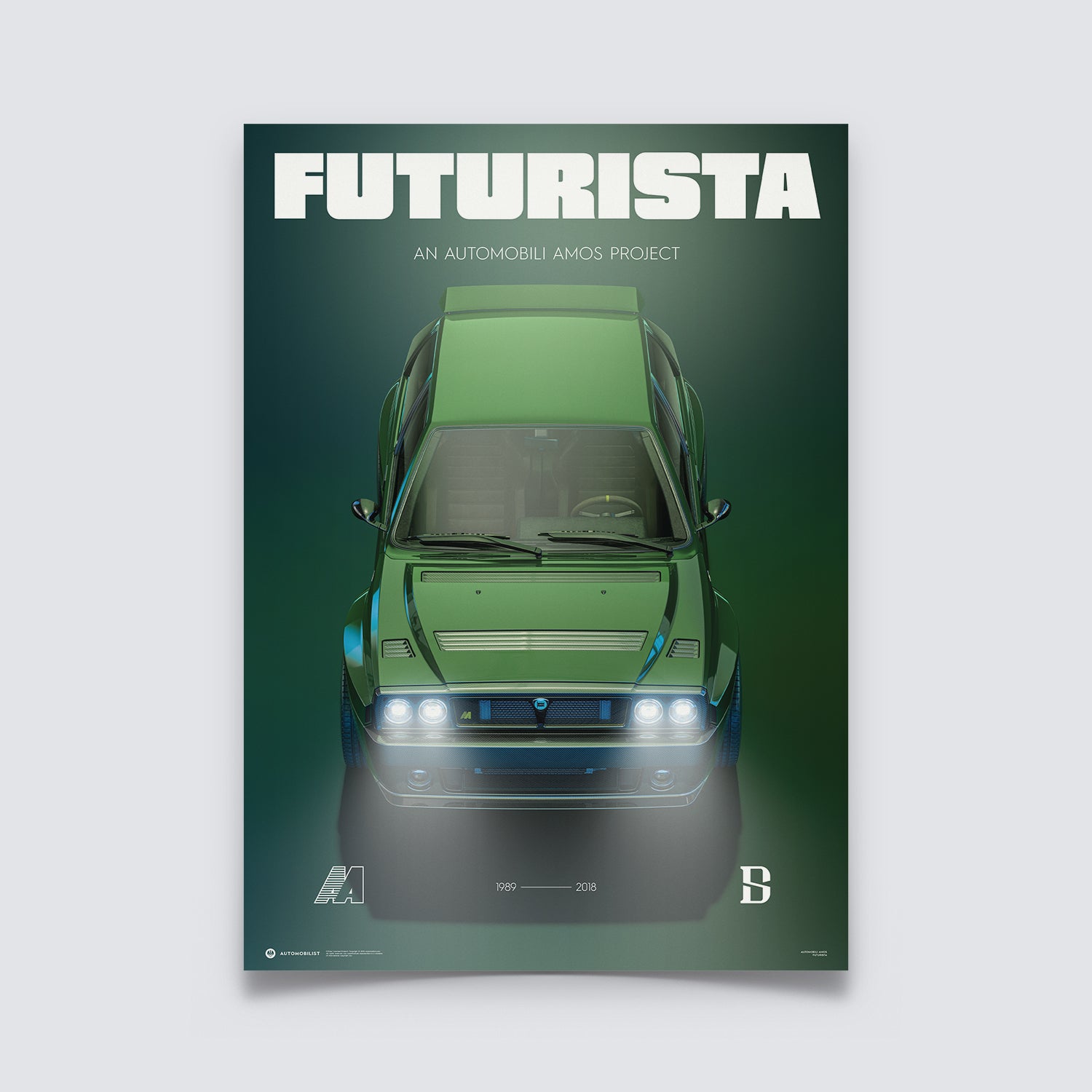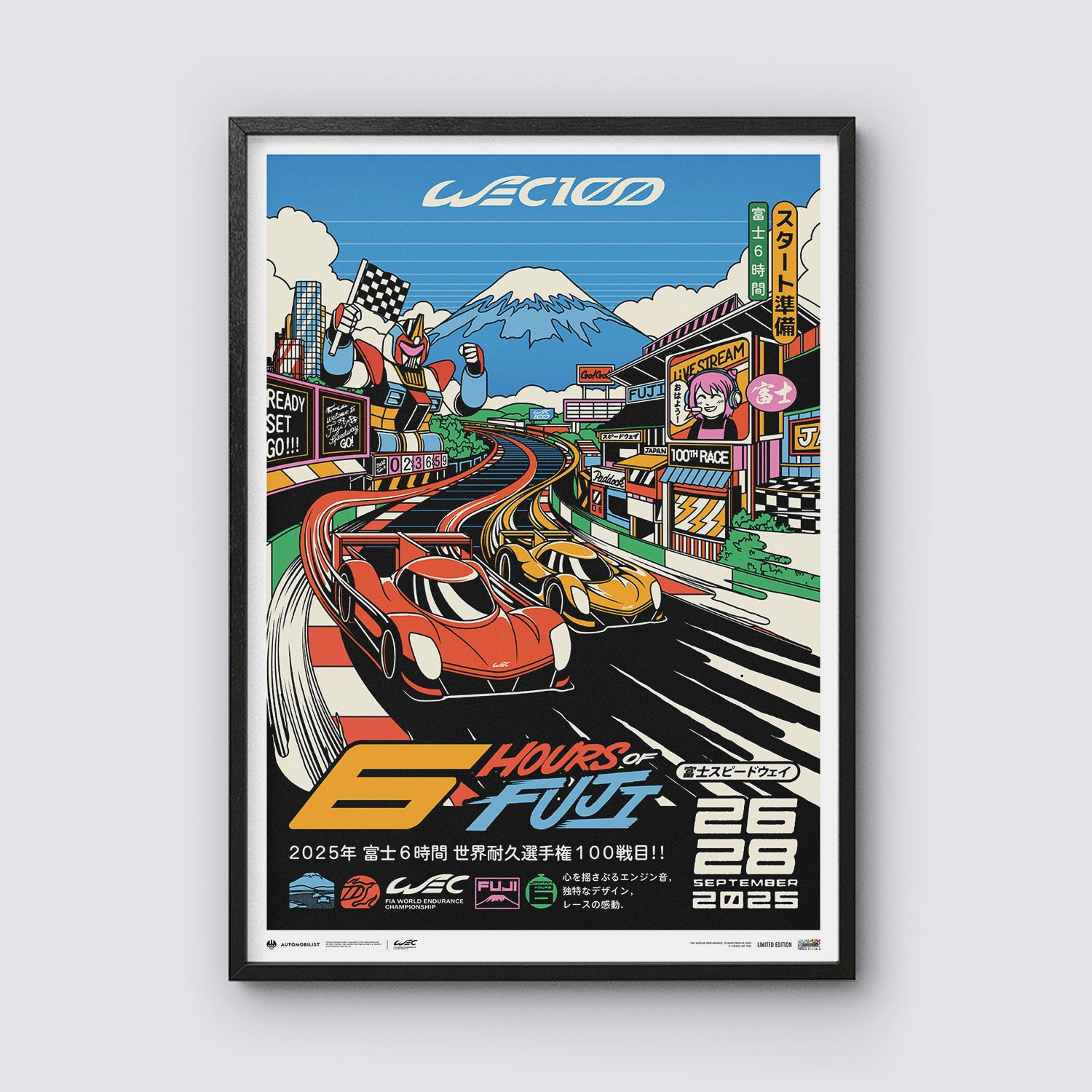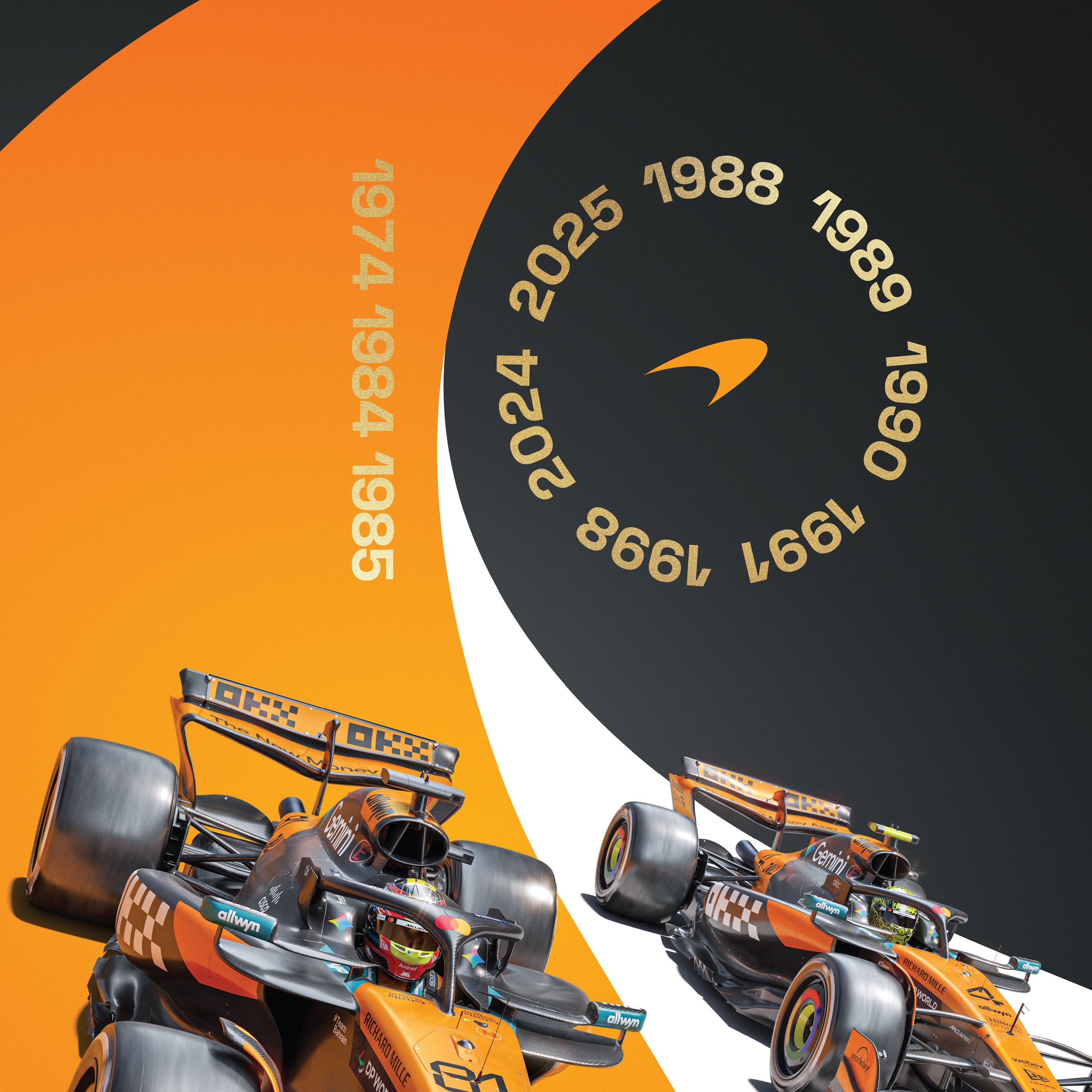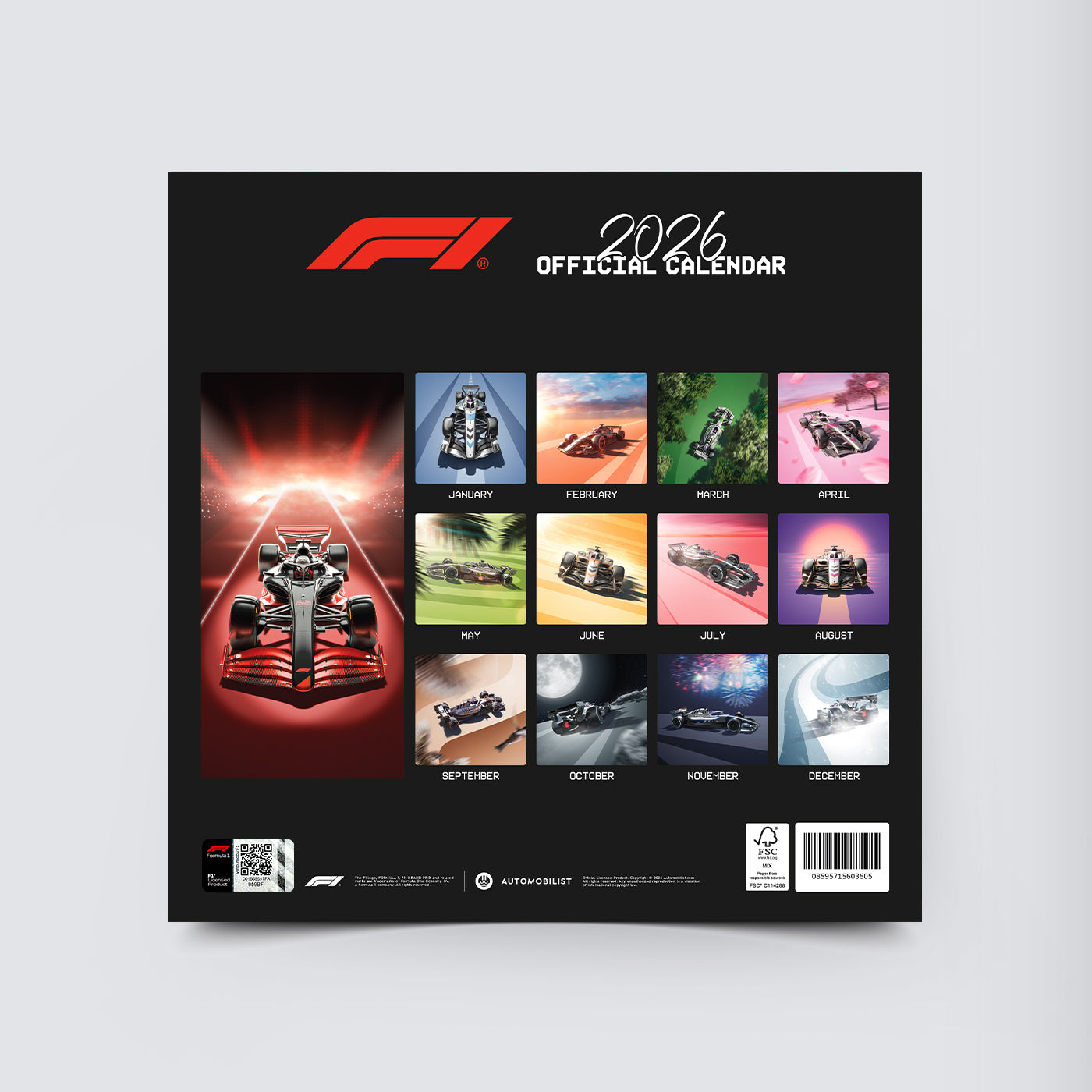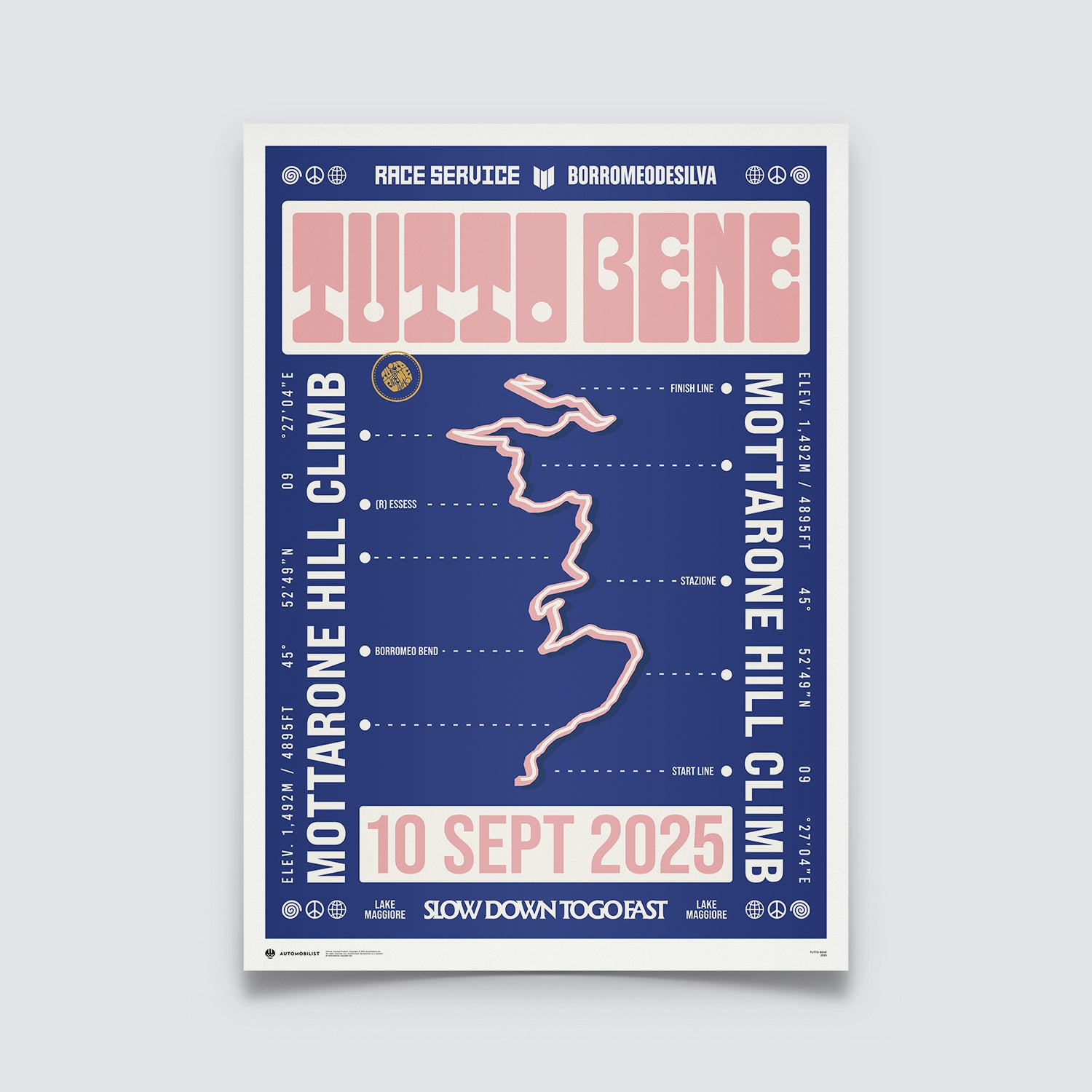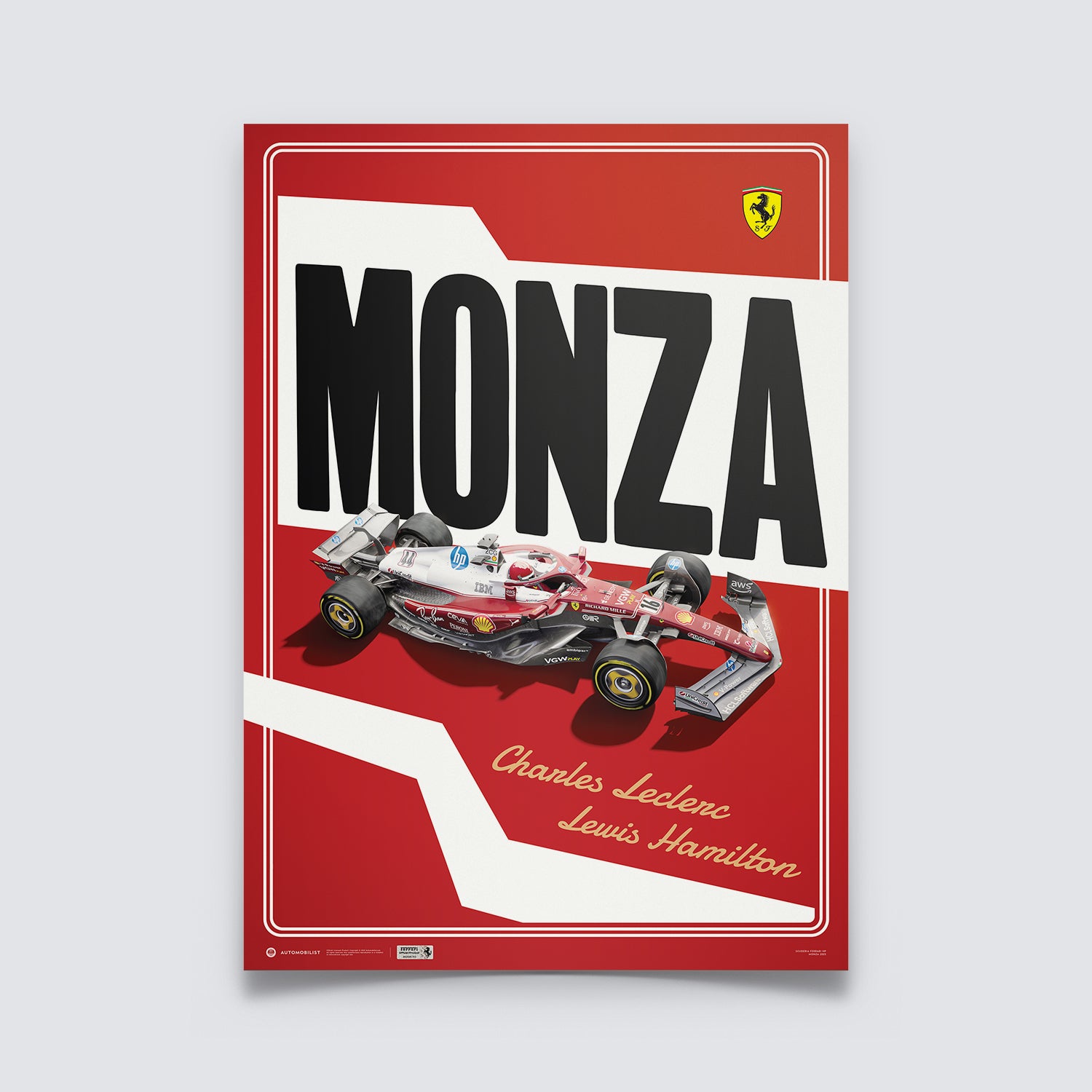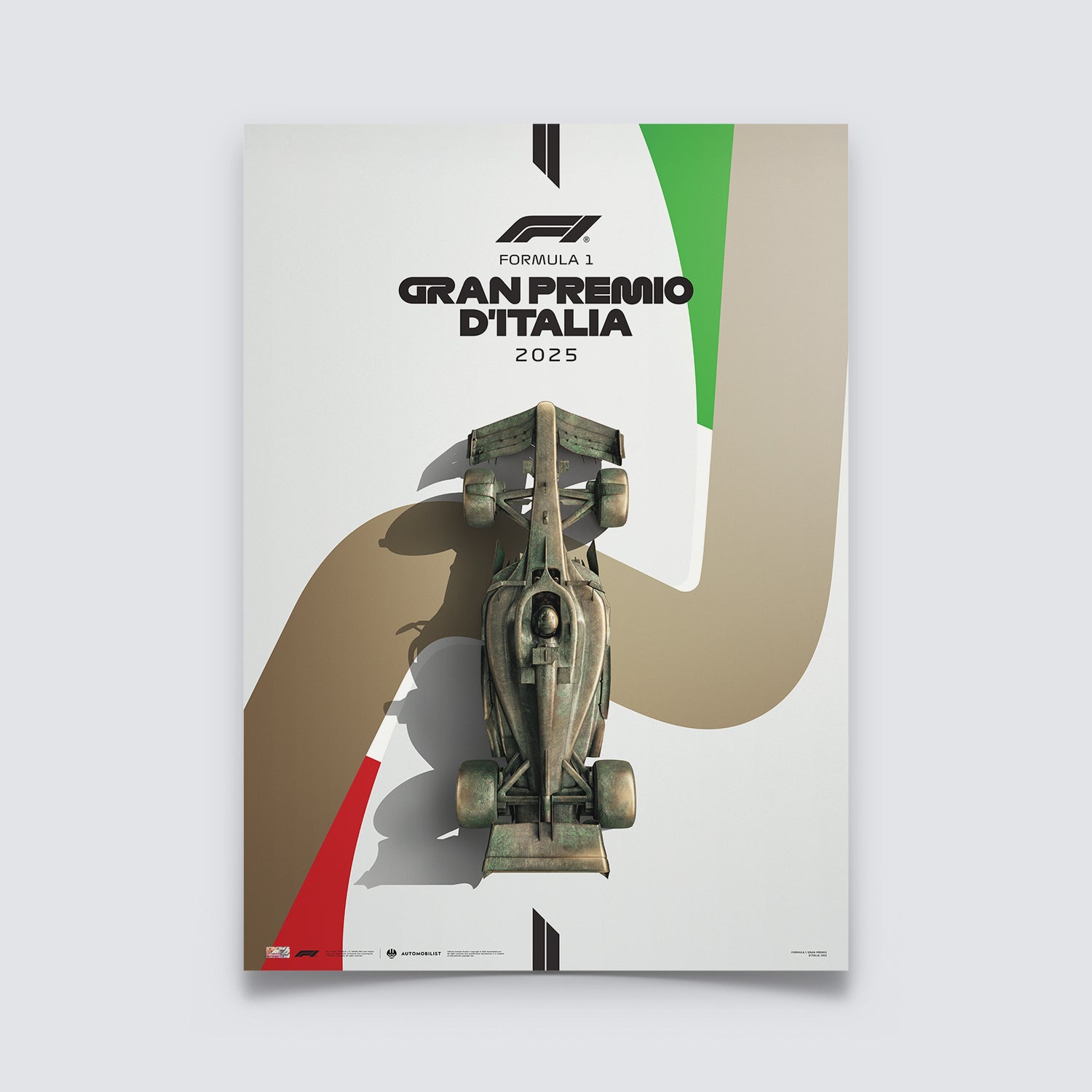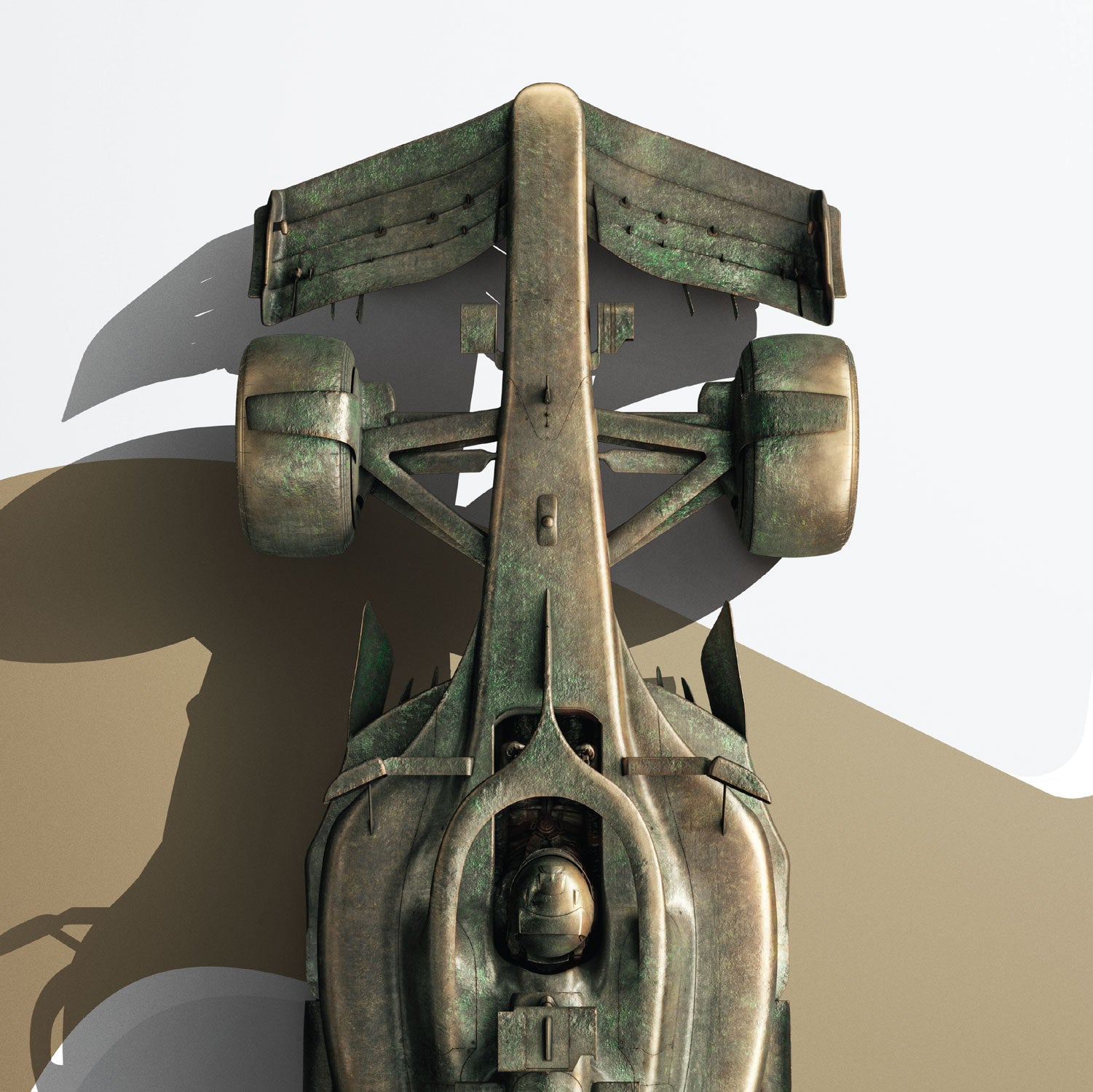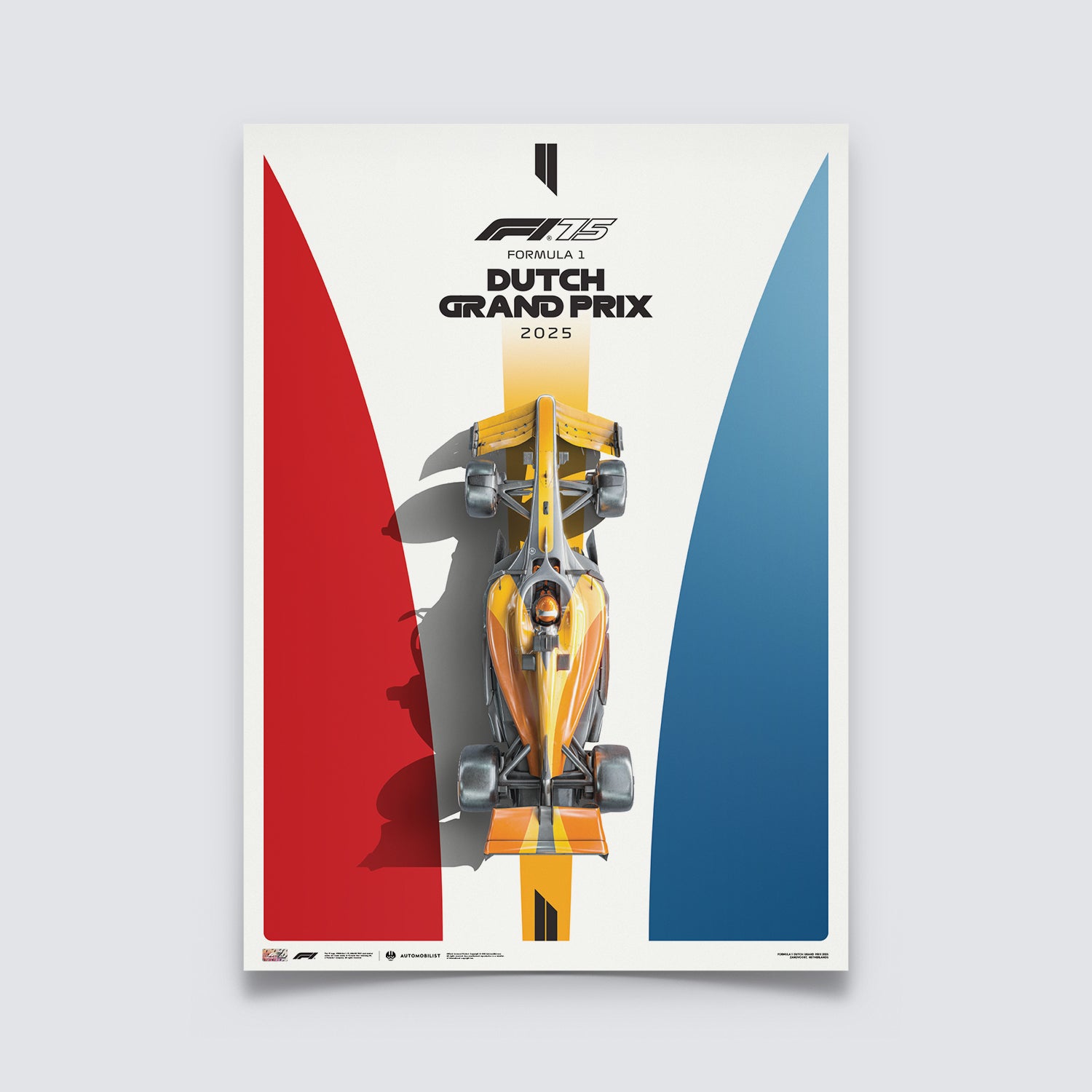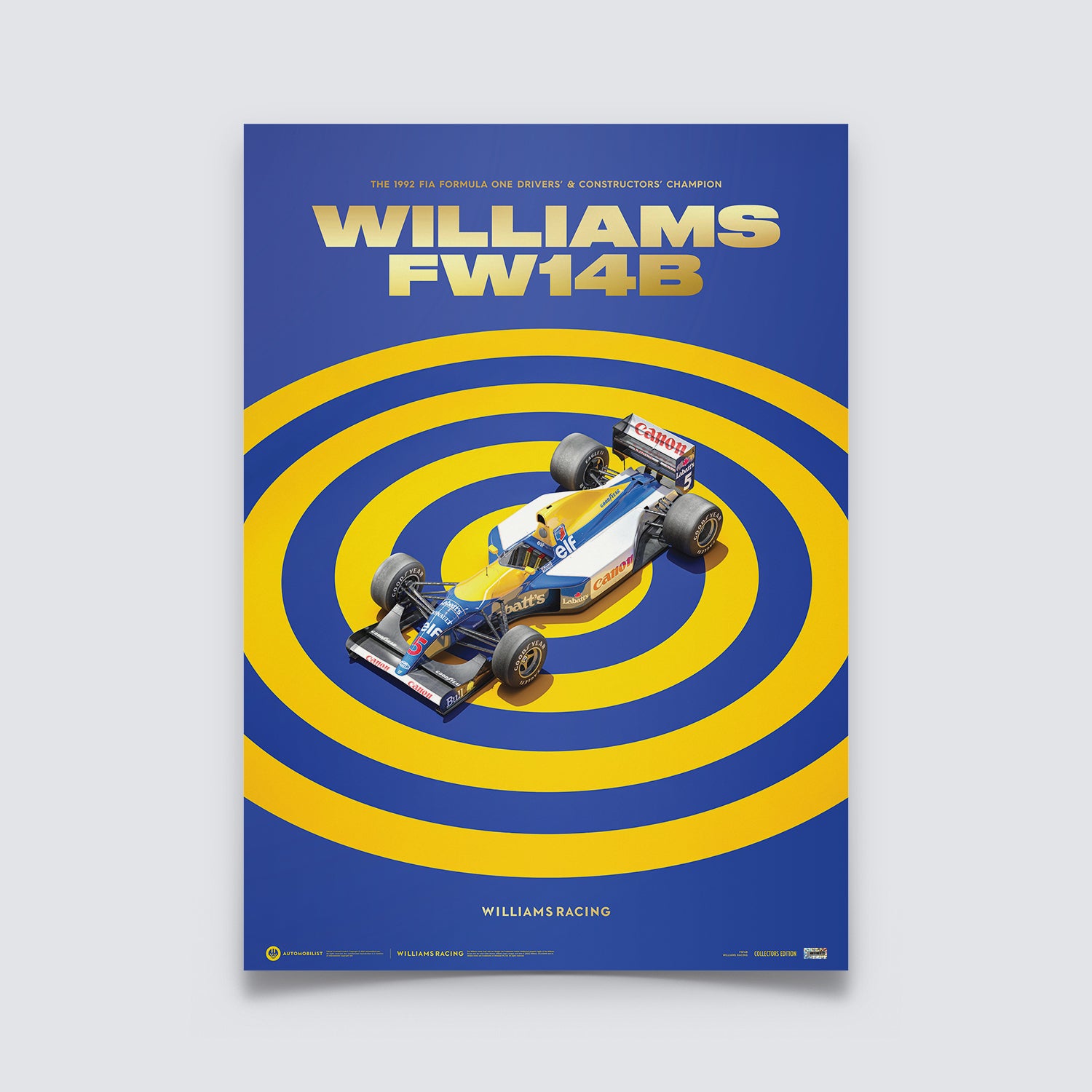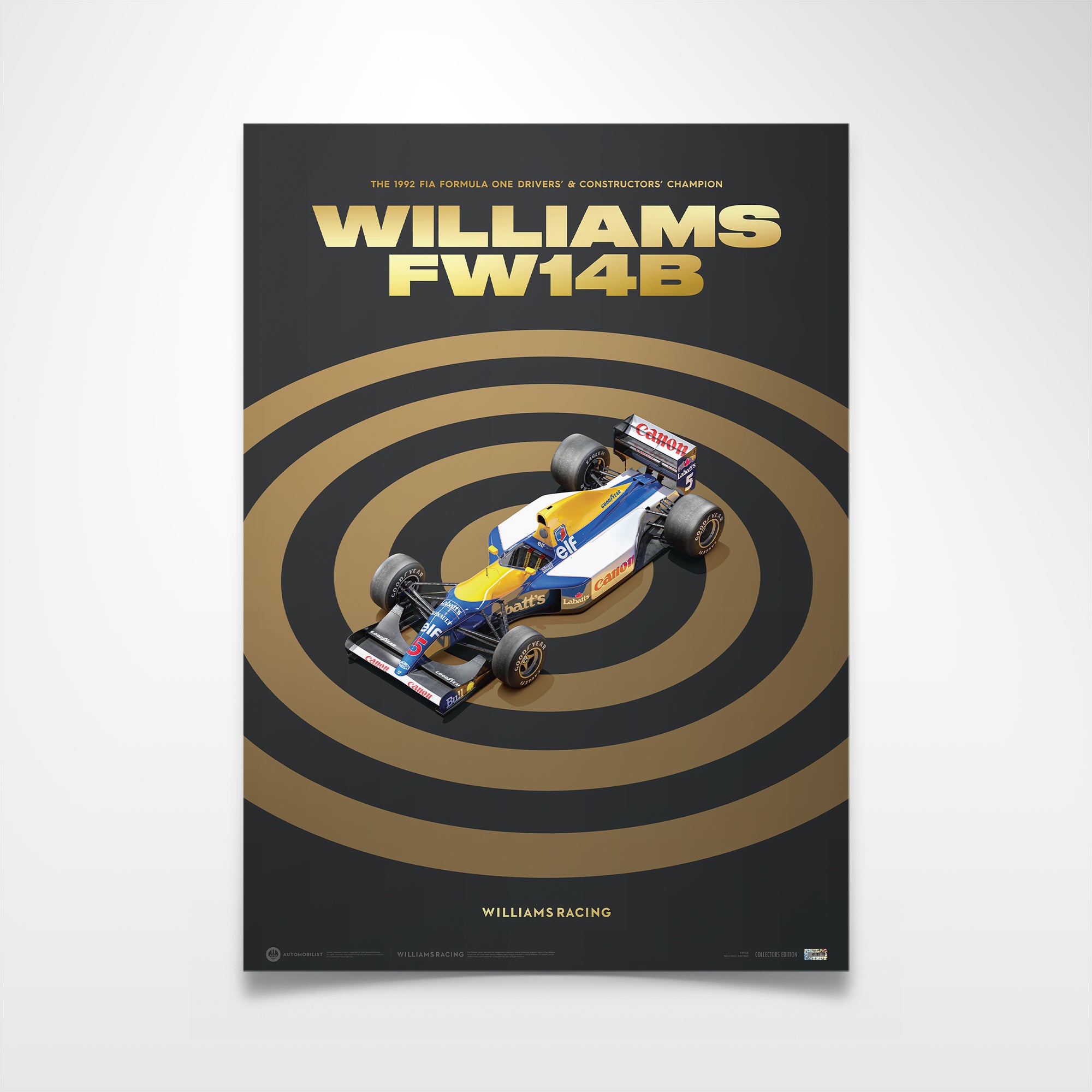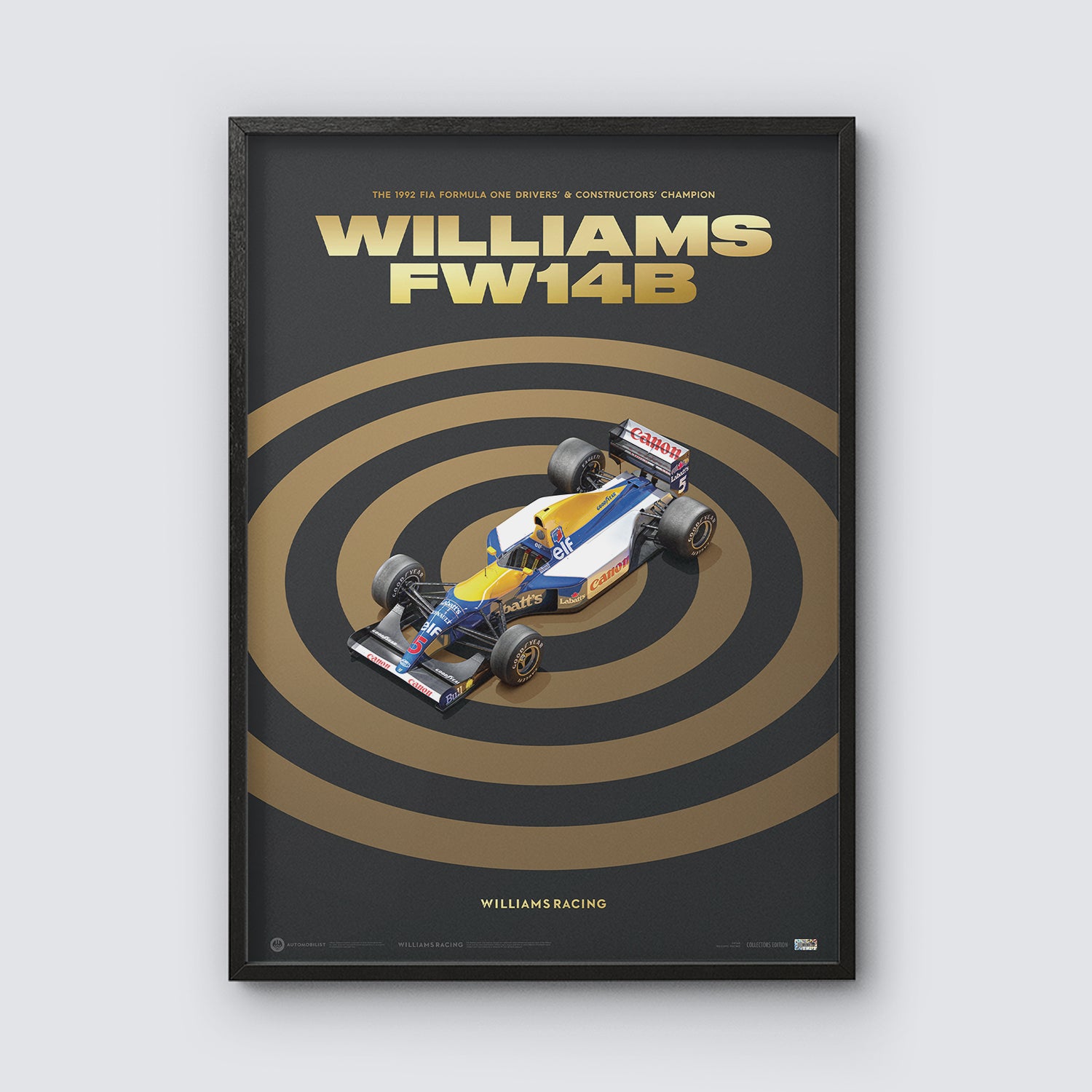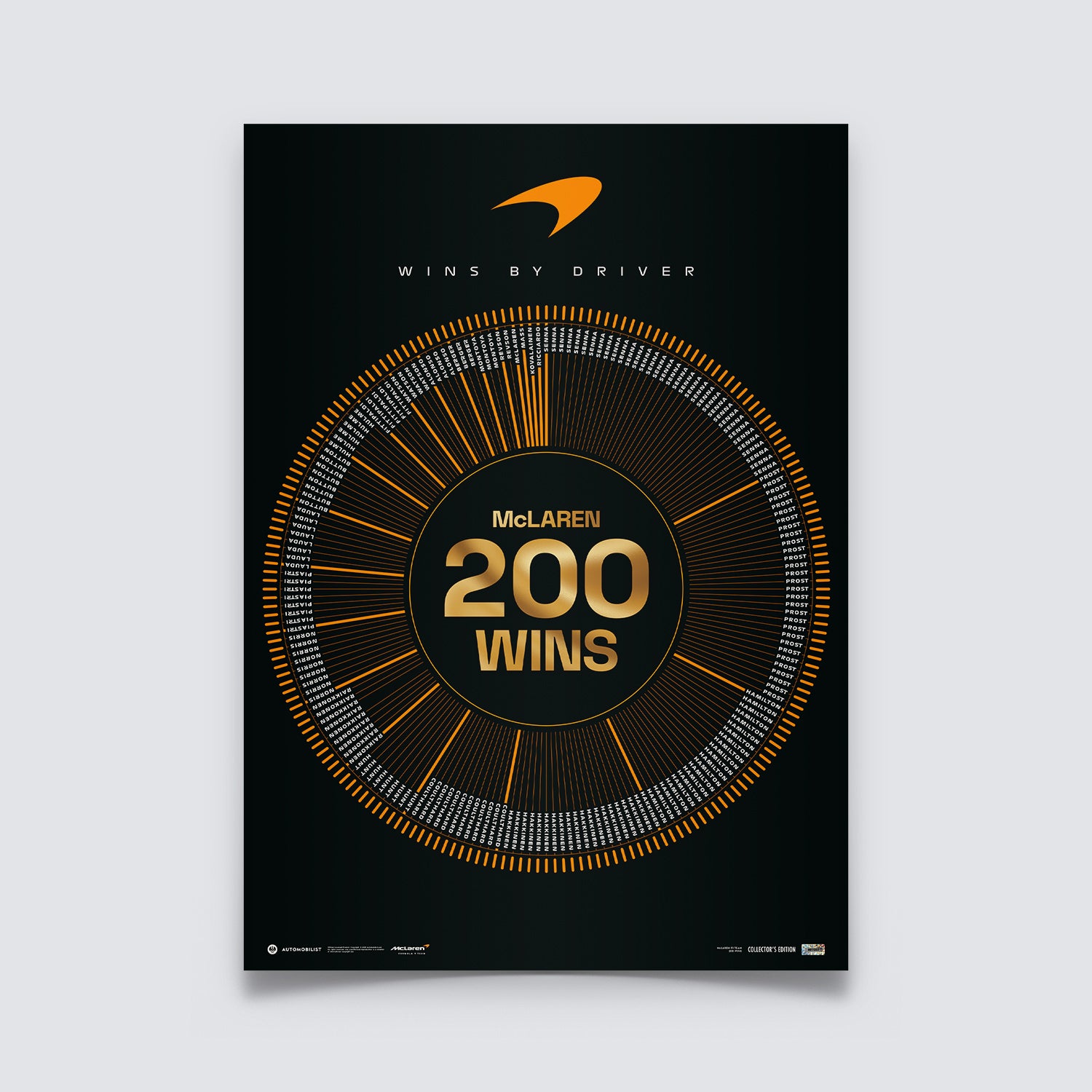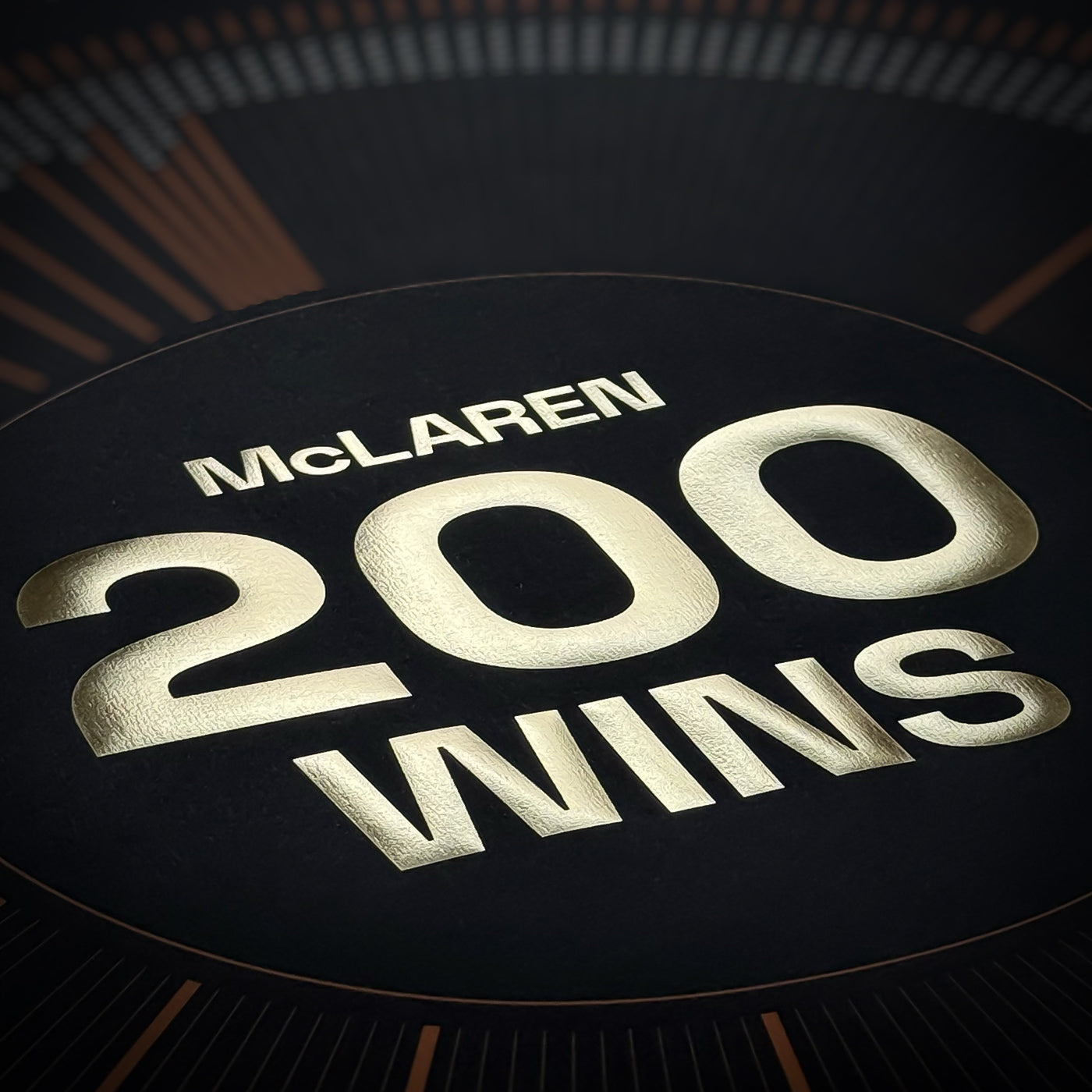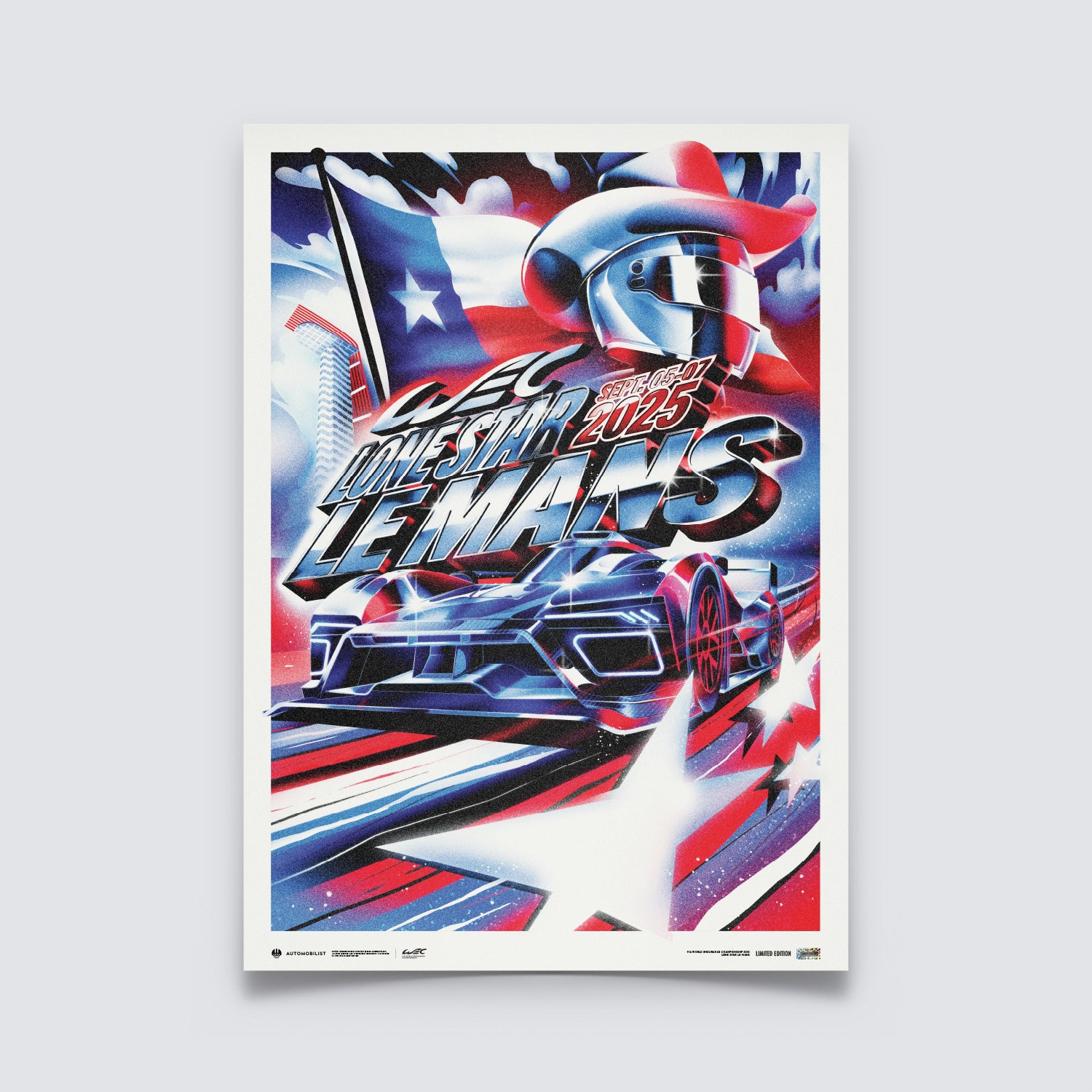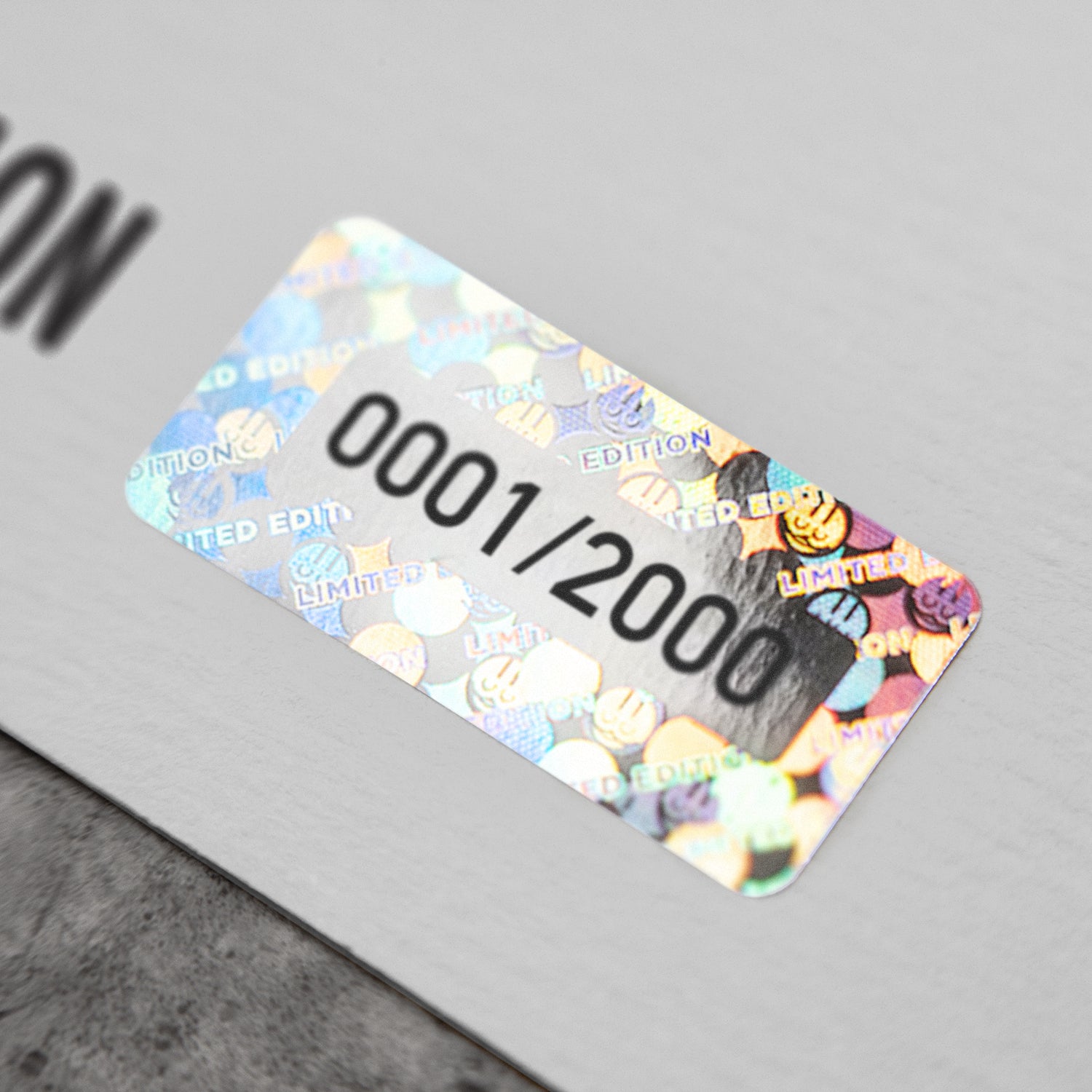Being lapped, overtaken by the race leader, so that you are a whole lap of the track behind him, is the greatest indignity that can befall a driver. And yet, in the Automobilist artwork depicting Nelson Piquet in the Lotus being passed by fellow Brazilian Ayrton Senna in the McLaren, things are not as embarrassing as they seem for Piquet. After the chequered flag came out a few laps later, he would be standing on the podium, having finished third. Senna and team-mate Alain Prost had lapped the entire field.
It all happened at the Imola circuit in the second round of the 1988 World Championship, the San Marino Grand Prix and even this early on in the season, it was obvious that race winner Senna would only have one rival for the Formula 1 World Championship crown that year, his McLaren team-mate Alain Prost, who inevitably, finished second that day.
Piquet was the reigning world champion but he and every other driver on the grid had no answer for the technical superiority of the low McLaren MP4/4, with its incredible handling, acceleration and grip and the power of its Honda V6 turbo. Although it’s worth noting that triple world champion Piquet and his Lotus team-mate, Satoru Nakajima disposed of the same Japanese engine.

The car had only been tested, at the same Imola track in fact, a week before the opening round in Brazil and at the time, Prost and Senna had both demolished the previous best test time set by Gerhard Berger in the Ferrari. Prost won the opening round in Interlagos, after Senna was disqualified for taking the spare car after the green flag, when his race car developed a problem, so the San Marino GP was the younger man’s first win with the team, having joined over the winter. Going into the season, Prost was already ensconced at McLaren and his team-mate was the man he himself recommended to team boss Ron Dennis. At the time, Alain was already a double world champion with 28 Grand Prix wins, while Ayrton was the up and coming talent with 6 wins to his name. Dennis announced the new driver line-up at the ’87 Italian Grand Prix and race fans licked their lips in anticipation of what this duo, combined with the best engine at the time from Honda, could do. No one could have predicted just how far ahead of its rivals it would be. Apart from the brilliance of the Steve Nichols designed MP4/4, Honda built a brand new V6 turbo to deal with the new rules that involved limiting race fuel to 150 litres and a reduction in permitted turbo boost from the previous 4.0 BAR to 2.5.
After qualifying at Imola, one wonders why the other teams did not pack up and go home: Senna was on pole, with Prost alongside him. Third was Piquet, over three seconds slower! Not even Mercedes, the team that has totally dominated the sport since 2014, has ever managed to inflict such a blow on the opposition.
And so it was that, for the rest of the year, race fans witnessed the start of one of the greatest rivalries of all time, between the older more experienced Frenchman and the young charger from Brazil. It was something Prost had already experienced, but from the other view point in 1984, when he joined McLaren alongside a double world champion called Niki Lauda. “Niki was the old master when I joined the team and I was the young guy,” recalled Prost in 1988. “But we worked together very quickly. I was eager to learn and Lauda helped me a lot.” The relationship worked, because Lauda realised he had a fight on his hands and was very keen to keep the younger man in his place. In ’84, he managed to beat Prost to the title, his third and last, by just half a point.

The ’88 season might have been a two horse race, but it was still a thriller, fought out between two of the greatest drivers of all time, with Senna clinching his first world title at the penultimate round. Our making of this Fine Art Print began with choosing a moment... this moment... as the most poignant in the whole race, when the third man standing on the podium found himself... lapped.

To create this moment from Imola 1988, 3D renderings of the car were developed and situated in an amalgamation of images from that point in the race. To ensure Ayrton Senna was captured from all angles, a photoshoot was carried out with a body double in the exact colours and design of helmet and car, as it was on a summer day in Monza. Every last nut, scratch and weathering on the car has been designed as exactly on the day of the race.

Appropriately, it was the Japanese GP at Honda’s own Suzuka circuit. Twelve months later, the two men were again fighting for the title in Japan, but this time the crown would go to Prost in controversial style when the two men collided at the chicane before the pits. Alain stepped out of the cockpit and walked away, but Ayrton signalled to the marshals to push him, got going again and was first past the chequered flag, only to be disqualified for getting that push start. By this point, the two rivals were no longer on speaking terms and Prost moved to Ferrari the following year.

In 1988, the red and white steamroller faltered just the once, at Monza in the Italian Grand Prix, when miraculously and to the delight of the partisan crowd, Gerhard Berger and Michele Alboreto finished first and second for Ferrari, just days after the death of “Il Commendatore” Enzo Ferrari. Apart from that blot on the copybook, McLaren took 15 poles from the 16 races, tellingly because of what it says about pure pace, 13 of them with Senna, along with 15 race wins, 8 for Senna which was a record at the time and 7 for Prost.
Images courtesy Wilhelm Wolfgang / Automobilist


